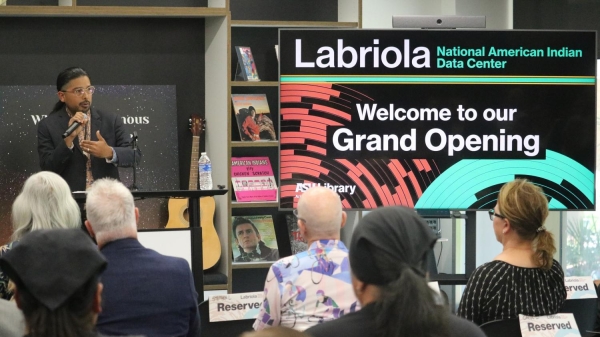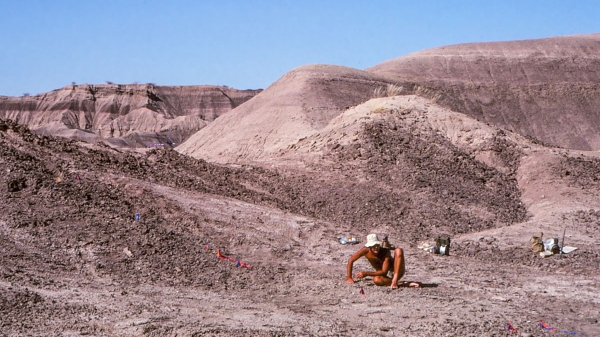Study shows city growth appears the same since ancient times
Large urban centers tend to be laid out similarly, and according to a recent study, they also tend to follow the same patterns of growth – and have since ancient times.
Urban scaling is the term for the predictable ways in which cities and their outgrowths and output expand. It is a specialty of Santa Fe Institute complex adaptive systems scientist Luis Bettencourt, one of the study’s authors.
His co-author is archaeologist and Arizona State University alum Scott Ortman, a professor at the University of Colorado, Boulder. After hearing Bettencourt's group present on how cities grow in predictable ways – for example, generating a 15 percent increase in output as population doubles – Ortman wondered if the same applies to ancient cities. He teamed with Bettencourt to find out.
"What I realized was that none of the parameters they were discussing in these models had anything to do with modern capitalism, democracy or industrialization," Ortman said. "Their parameters are basic properties of human social networks on the ground."
The researchers used data covering the Basin of Mexico from about 500 B.C. to the 1500s A.D. The ancient and massive urban centers of Teotihuacan and Tenochtitlan were included, along with thousands of other settlements.
They studied evidence of productivity, like the creation of public monuments and houses, and found that the pattern of urban scaling seemed to match that of modern cities.
The study appears in the Feb. 20 edition of Science Advances and is the subject of an article in LiveScience.
Mesoamerican archaeologist Michael E. Smith, a professor in the School of Human Evolution and Social Change in the College of Liberal Arts and Sciences, met with Ortman and Bettencourt about a year and a half ago to discuss their work.
“I went up prepared to tell them this is a ridiculous idea,” Smith said. “They convinced me that the reason behind the scaling regularities is a more general phenomenon that has to do with the way that people interact within a particular environment.”
Smith is working with Ortman and Bettencourt to find more usable archaeological data sets for future research.
He said, “I find this stuff really exciting because it suggests that there’s something really fundamental about human interactions – and human interactions in cities – that transcends modern economies.”
Article source: LiveScienceMore ASU in the news

ASU celebrates new Tempe campus space for the Labriola National Data Center

Was Lucy the mother of us all? Fifty years after her discovery, the 3.2-million-year-old skeleton has rivals
